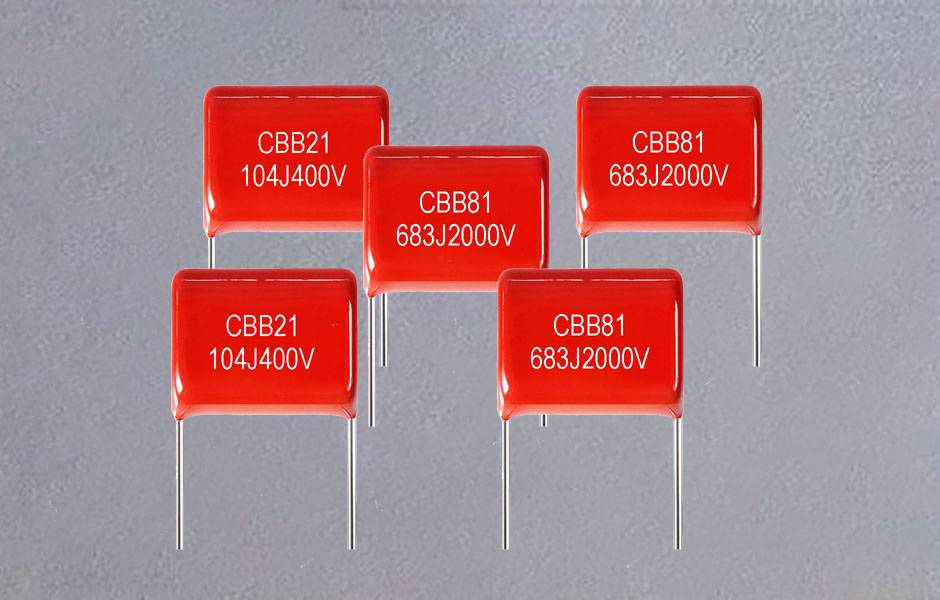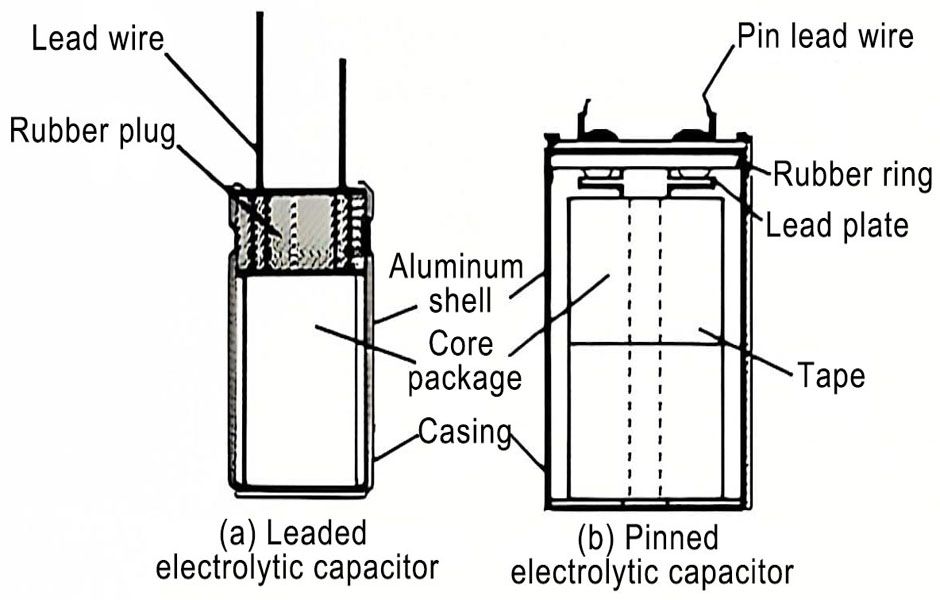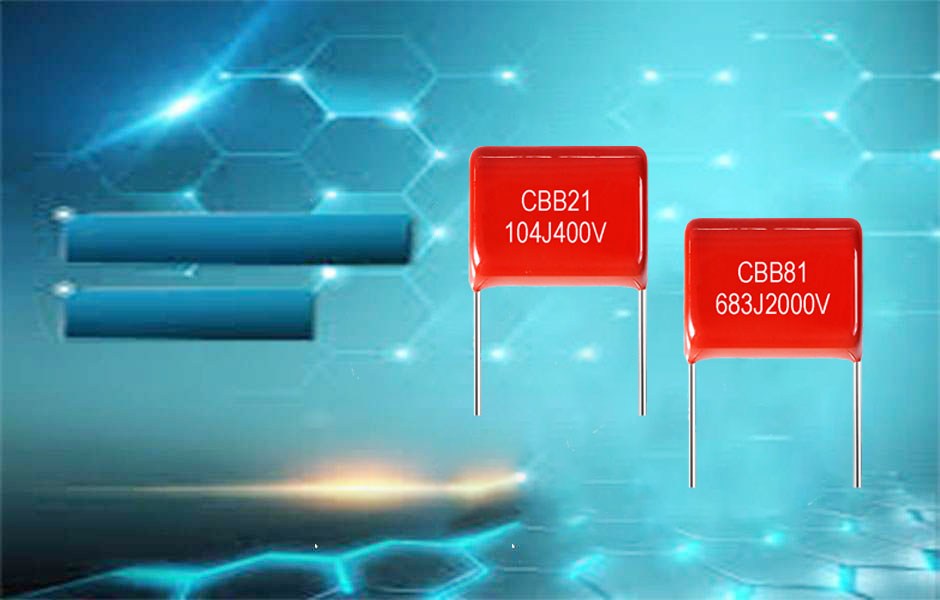An important reason for the low lifespan of the LED drive power supply is the insufficient lifespan of the aluminum electrolytic capacitors required for the drive power supply.
When working for a long time, the ambient temperature inside the LED lamp is very high, which causes the electrolyte of the aluminum electrolytic capacitor to be quickly consumed and the life span is greatly shortened. Generally, it can only work for about 5,000 hours. The life of the LED light source is 50,000 hours, so the working life of the aluminum electrolytic capacitor has become the short rib of the life of the LED drive power supply.
We all know that different capacitors have different lifespans, so the choice of capacitor lifespan is very important for electrical appliances. There are many reasons that affect the life of the capacitor, such as overvoltage, reverse voltage, high temperature, rapid charge and discharge, etc. Under normal use, the biggest impact is temperature, because the higher the temperature, the faster the volatilization loss of the electrolyte. It should be noted that the temperature here does not refer to the ambient or surface temperature, but refers to the working temperature of the aluminum foil.
What happens if you change to film capacitors and ceramic capacitors or tantalum capacitors? Film capacitors have to achieve the same capacitance (usually 100-220uF), the volume will be very large, and the cost is too high, ceramic capacitors are generally too small, such as using multiple ceramic capacitors to achieve such a large capacity, occupying the board area And the cost is too large. For tantalum capacitors to have such a large capacity, one is too expensive, but the withstand voltage is too low to meet the requirements, so if you replace it with any other type of capacitor, it is basically either too large or too expensive. If replacing these shortcomings with capacitors with smaller capacity, the effect of eliminating ripples will not be so good. Many export products cannot pass the strict certification test indicators. Therefore, the current high-quality LED driving power supplies still generally use aluminum electrolytic capacitors. .
The working life of the aluminum electrolytic capacitor will definitely affect the life of the entire LED bulb, but some physical methods can be taken to alleviate this problem, such as placing the aluminum electrolytic capacitor on the PCB close to the end of the lamp, generally speaking, the part closest to the LED light source The highest temperature can reach 100-200℃, the heat-dissipating metal shell part is second, generally around 100℃, and the lamp tail part is the lowest, generally around 70℃, so just pay attention to the location of the aluminum electrolytic capacitor close to the lamp tail, its life is only Will not decay too much. Our experiments show that its lifespan can reach about 10,000 hours, which is equivalent to 10 years of use. For general household users, it is basically acceptable to change the LED bulb every ten years.




